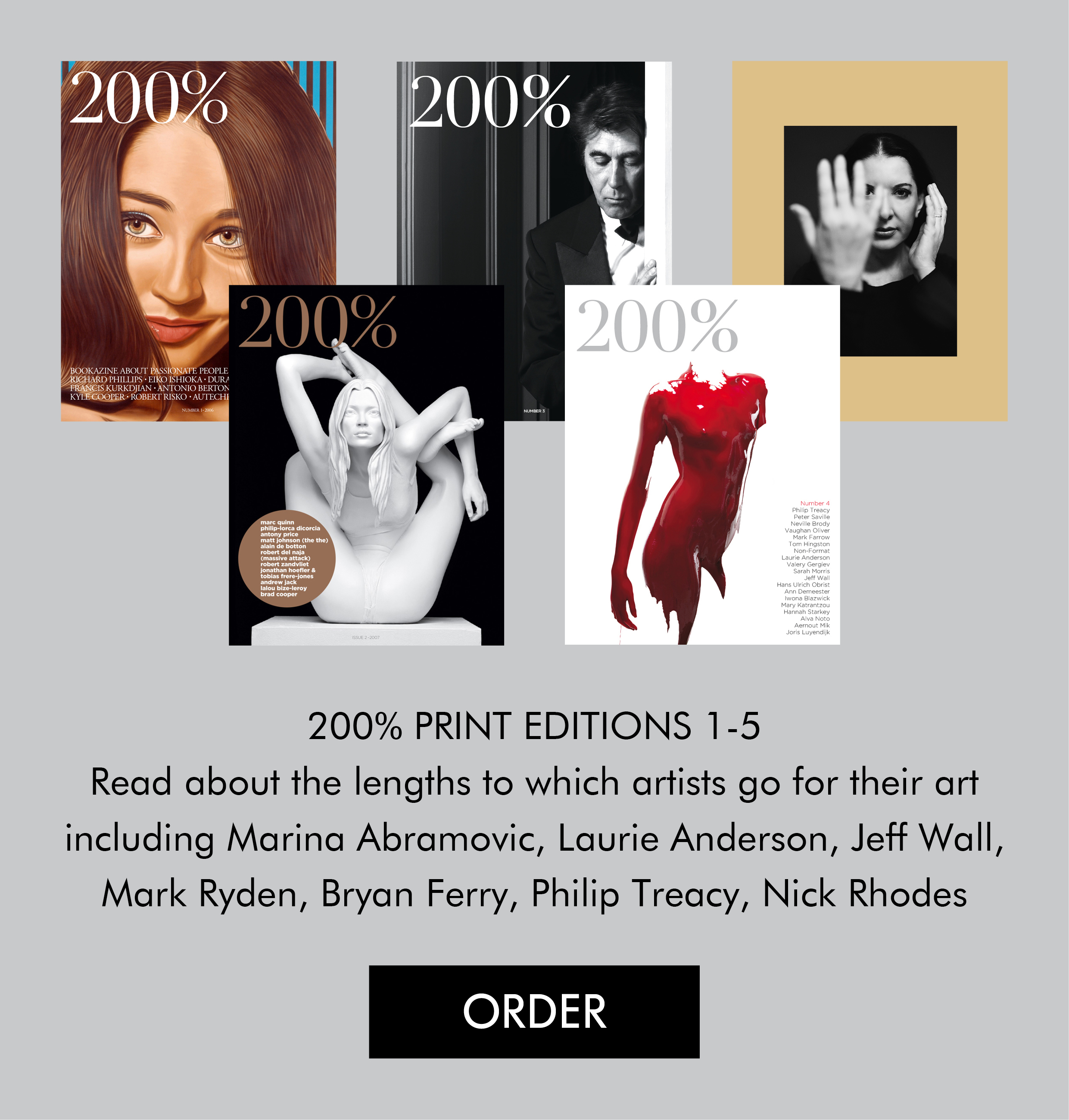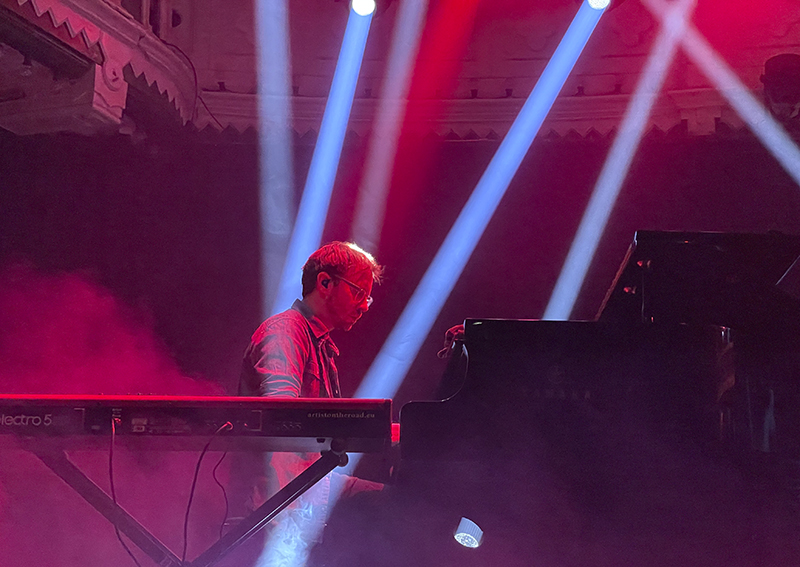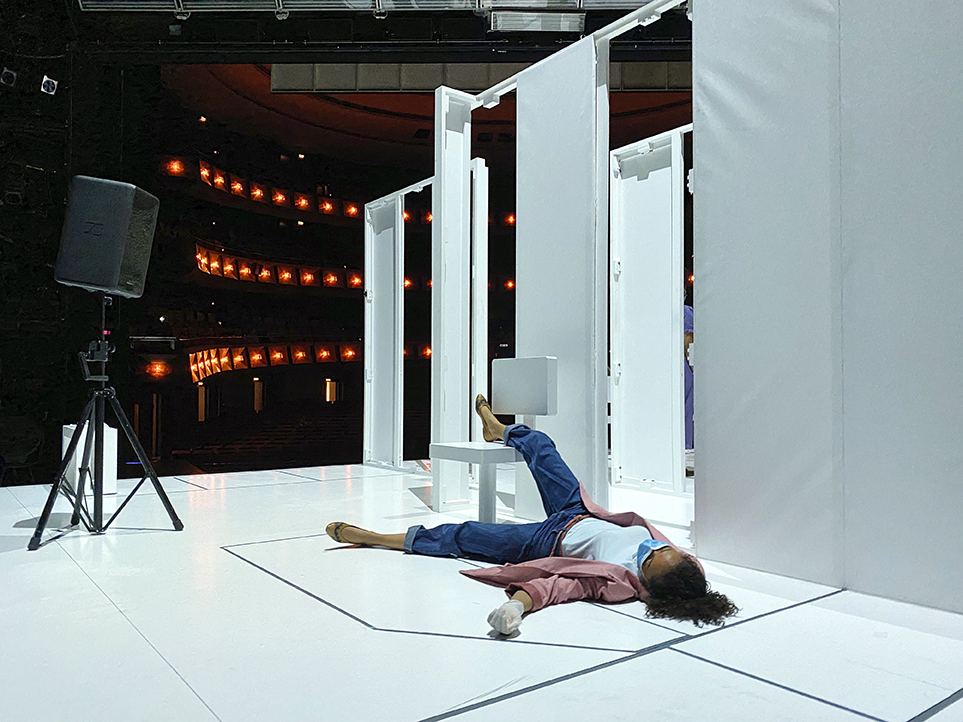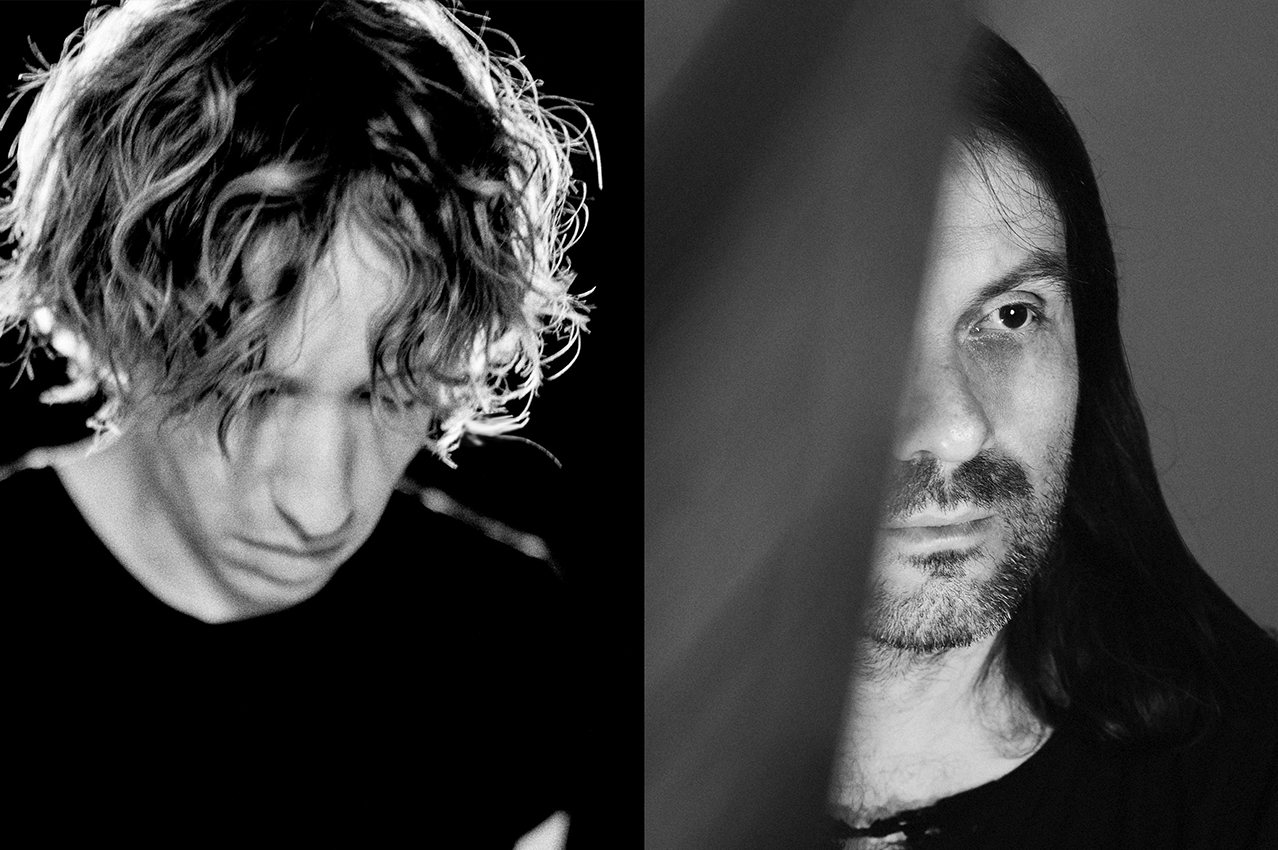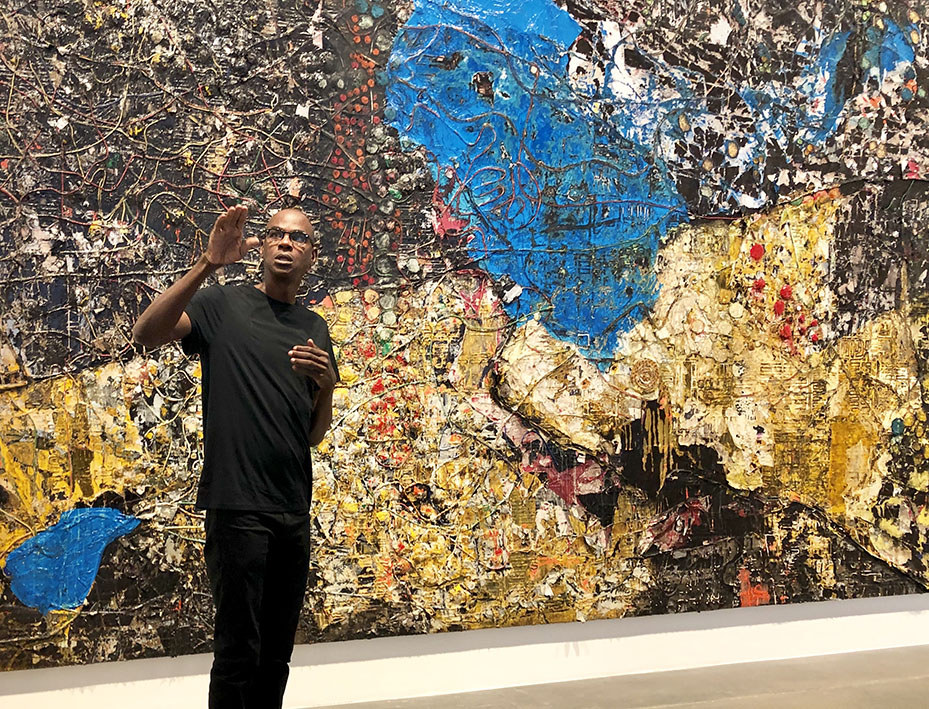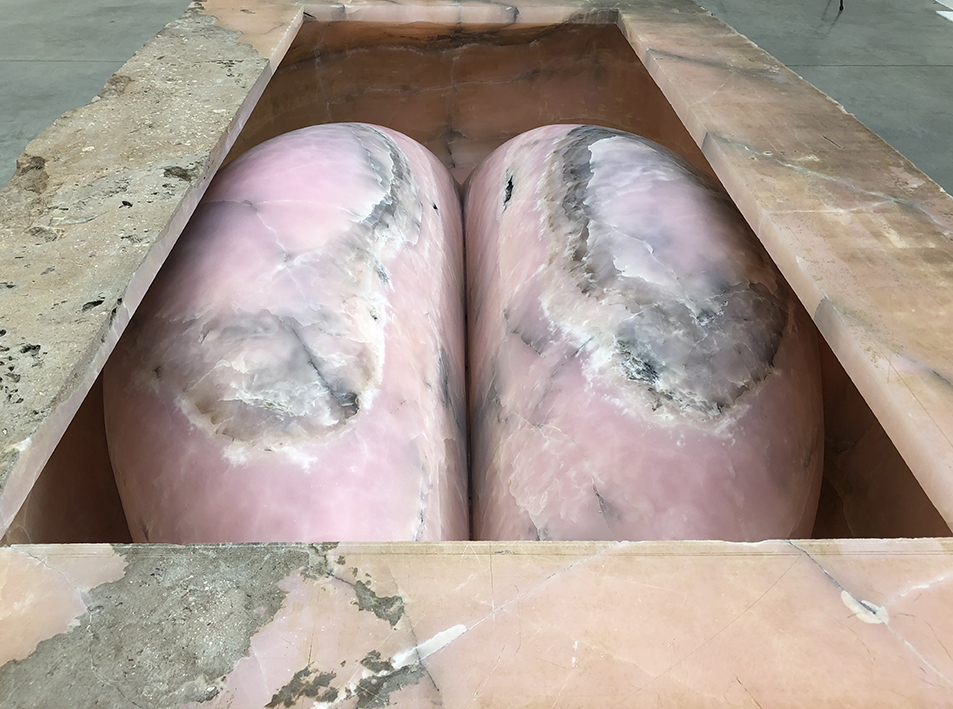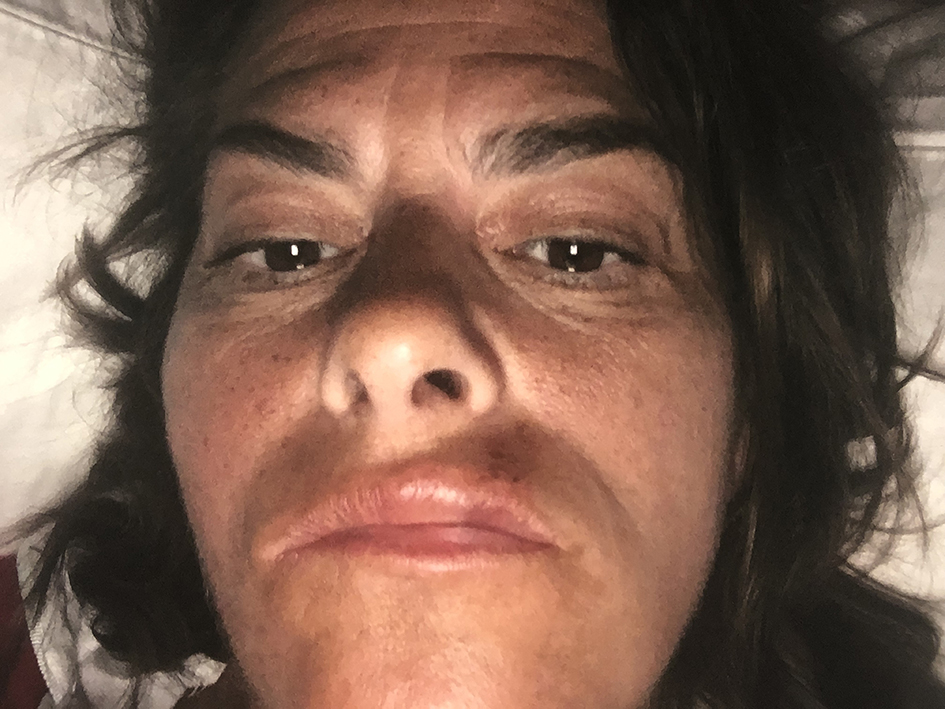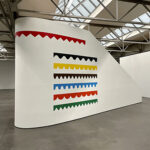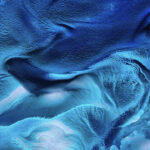 Upon entering an exhibition you may sometimes encounter a yellow sign warning saying: “Caution wet floor”. Roger Hiorns’s exhibition at De Hallen in Haarlem warns the viewer with signs of: “Be Careful: Magnetic radiation, no pacemakers or mobile devices in proximity of the objects” and “Be careful of falling coins”. Don’t let that, though, prevent you from visiting this exhibition as you will encounter some art works here that are in fact ‘alive’.
Upon entering an exhibition you may sometimes encounter a yellow sign warning saying: “Caution wet floor”. Roger Hiorns’s exhibition at De Hallen in Haarlem warns the viewer with signs of: “Be Careful: Magnetic radiation, no pacemakers or mobile devices in proximity of the objects” and “Be careful of falling coins”. Don’t let that, though, prevent you from visiting this exhibition as you will encounter some art works here that are in fact ‘alive’.
Hiorns’s first museum solo show in the Netherlands doesn’t feature a lot of works as the Birmingham-born artist spends a lot of time not making things.
It seems that Hiorns has the same train of thought as Sonja Weissmann who remarked in our previous post “What is the purpose of adding one more image to the innumerable that exists already?” In the highly informative coffee table book ‘Sanctuary’ – Britain’s Artists and Their Studios’, Hiorns commented: “The next stage in making artworks is to… not make things that we don’t necessarily have to make. This goes back to the reason why I don’t make certain things: because I don’t think the world particularly needs those objects”.
Thus, what works of art does Hiorns think the world needs? What objects are exhibited in his show? The downstairs space of De Hallen is filled with objects collected by the artist that includes aeroplane engines, RVS kitchen tables and municipal benches. From time to time a naked young man will take a seat on these objects, light a small fire and will stare at the flames. At the moment I visited the exhibition the installation was not ‘activated’.
 Some of the objects exhibited on the second floor were permanently active. Upon entering the room a repetitive sound drew my attention – the sound was caused by a machine hanging from the ceiling that was spewing out American and European coins onto the wooden floor. Upon closer inspection of the American coins the word GOD had been scratched away and on the European coins wax and cows’ brains were attached.
Some of the objects exhibited on the second floor were permanently active. Upon entering the room a repetitive sound drew my attention – the sound was caused by a machine hanging from the ceiling that was spewing out American and European coins onto the wooden floor. Upon closer inspection of the American coins the word GOD had been scratched away and on the European coins wax and cows’ brains were attached.
This morbid addition to the coins reminded me of the horror stories of BSE, the mad cow disease in the UK, where millions of cattle were destroyed and the linked human disease led to the death of many people. I can imagine it makes people hesitant to pick up the coins for further inspection particular for those suffering with a condition of hosophobia.
Hiorns is interested in the process of transformation and how the viewer understands how a sculpture changes when he or she discovers that, in this instance, cows’ brains are attached to the coins. He aims to transform the viewer. In order to do that he uses uncontrollable materials, such as fire and copper sulphate, that make his sculptures constantly alive. As a consequence, Hiorns is not able to control how the work will turn out aesthetically, which is part of its uniqueness and excitement.
He can’t control how the crystals will encrust on the two engine blocks – the eye catchers of the exhibition. In this work, two car engines were submerged in a solution of copper sulphate, which resulted in the growth of sparkling blue crystals. Fortunately, I was taught to never touch an object in a museum, as the material of this object is potentially toxic.
Hiorns has worked with copper sulphate previously in his transfixing work ‘Seizure’ (2008) where the interior of an abandoned council flat in the London area Elephant and Castle was covered with the same material. 90,000 litres of copper were pumped into the house and creating a place of wonder that attracted lots of visitors to this, not particularly salubrious area of London.
The intensity of the blue (almost ‘Yves Klein blue’) on the car engine has a magical effect, and when you walk around the object it’s spellbinding to see how the crystals catch the light from different angles. Usually car engines are susceptible to rust (Fe2O3) and it’s interesting to see how they are affected by copper sulphate (CuSO4). Again, the work is ‘alive’ as the crystals on the engine keep on growing on a microscopic level.
 Another non-static sculpture that draws the attention is that of two ceramic objects that producing a column of foam that climbs upwards until it collapses. The wonderful curved shape (at the moment of the opening weekend of the show was 35cm high), has a texture reminiscent of candy floss and transparent on top.
Another non-static sculpture that draws the attention is that of two ceramic objects that producing a column of foam that climbs upwards until it collapses. The wonderful curved shape (at the moment of the opening weekend of the show was 35cm high), has a texture reminiscent of candy floss and transparent on top.
Whilst, it’s fascinating to witness the transformation process, disturbing images are also entering my mind of an organism that looks innocent that is growing peacefully but will turn into something violent. It reminds me of the creatures that come out of the eggs in the film ‘Alien’.
Well, perhaps my imagination got a little bit carried away here as these foam columns are made of detergent, but Hiorns is able to stimulate the imagination of the viewer in this show quite vividly. It relates to another quote Hiorns made in ‘Sanctuary’: “Our identities aren’t necessarily tied to what we do produce. It’s actually more about what we can imagine, about the fact that we have the ability to imagine things”.
 Written by Thierry Somers. Images: Roger Hiorns, Untitled, 2011, Engine, copper sulphate, steel, courtesy Annet Gelink Gallery Amsterdam; Roger Hiorns, Untitled, 2005-10, bench, fire and youth, courtesy the artist and Annet Gelink Gallery Amsterdam; Roger Hiorns, Untitled, 2009, Ceramic, compressor, foam, courtesy the artist and Annet Gelink Gallery Amsterdam.
Written by Thierry Somers. Images: Roger Hiorns, Untitled, 2011, Engine, copper sulphate, steel, courtesy Annet Gelink Gallery Amsterdam; Roger Hiorns, Untitled, 2005-10, bench, fire and youth, courtesy the artist and Annet Gelink Gallery Amsterdam; Roger Hiorns, Untitled, 2009, Ceramic, compressor, foam, courtesy the artist and Annet Gelink Gallery Amsterdam.
Roger Hiorns, until 24 February 2013 in De Hallen, Haarlem.
‘Sanctuary’ – Britain’s Artists and Their Studios’, Hossein Amirsadeghi & Maryam Homayoun Eisler, Thames & Hudson

